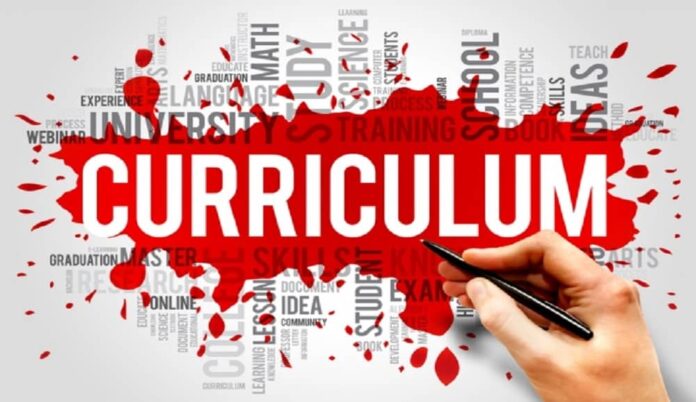Curriculum is a term used in the field of education to refer to the planned educational experiences that are designed to help learners achieve specific learning outcomes. It encompasses everything that occurs in the classroom, from the content taught to the instructional methods used to the assessment and evaluation of learning outcomes. The curriculum is a fundamental component of any educational system, and it plays a vital role in shaping students’ learning experiences.
Advantages of Curriculum:
- Provides structure: Curriculum provides a structured approach to teaching and learning, ensuring that all learners are exposed to the same content and learning experiences. It helps to standardize educational practices, providing a framework for what needs to be taught and how it should be taught.
- Promotes equity: By providing a standardized approach to education, the curriculum promotes equity and ensures that all learners have access to the same educational opportunities. A well-designed curriculum ensures that all students are exposed to the same knowledge, skills, and experiences, regardless of their socio-economic background.
- Enhances accountability: The curriculum provides a framework for measuring educational outcomes and assessing the effectiveness of teaching practices, enhancing accountability for educators and institutions. It helps to identify areas of strength and weakness in the educational system, allowing for targeted interventions to improve learning outcomes.
- Improves student achievement: A well-designed curriculum can improve student achievement by providing clear learning objectives and measurable outcomes, helping students stay on track and focus on their learning goals. It can also provide opportunities for students to develop critical thinking and problem-solving skills, enhancing their ability to succeed academically and in their future careers.
Disadvantages of Curriculum:
- Limits creativity: A standardized curriculum can limit educators’ creativity and prevent them from tailoring their teaching methods to individual students’ needs and interests. It can lead to a one-size-fits-all approach to education, which may not be suitable for all learners.
- Can be inflexible: A curriculum can be inflexible, making it difficult to adapt to changing educational needs and emerging technologies. It may not keep up with the latest developments in the field, leading to a gap between what students are learning and what they need to know to succeed in the real world.
- May not address real-world issues: Curriculum may not always address real-world issues or prepare students for the challenges they will face outside of the classroom. It may not be relevant to students’ lives or help them develop the skills they need to navigate the complexities of the modern world.
- Can be outdated: Curriculum can become outdated quickly, especially in fields where new discoveries and technologies are constantly emerging, making it difficult to keep up with the latest developments. It may not reflect the current state of knowledge, leading to a gap between what students are learning and what they need to know to succeed in their future careers.
In conclusion, while the curriculum provides structure, accountability, and the potential to improve student achievement, it can also be inflexible, limit creativity, and become outdated quickly. To overcome these disadvantages, it is important to design a curriculum that is adaptable, inclusive, and responsive to emerging technologies and real-world issues. A well-designed curriculum should provide students with the knowledge, skills, and experiences they need to succeed academically and in their future careers, while also preparing them to navigate the complexities of the modern world.

































